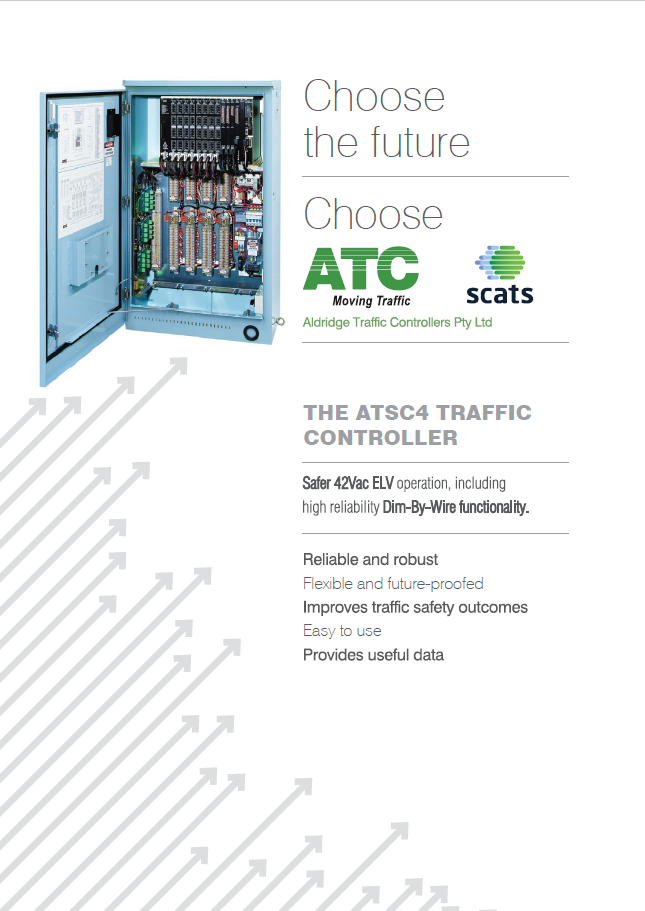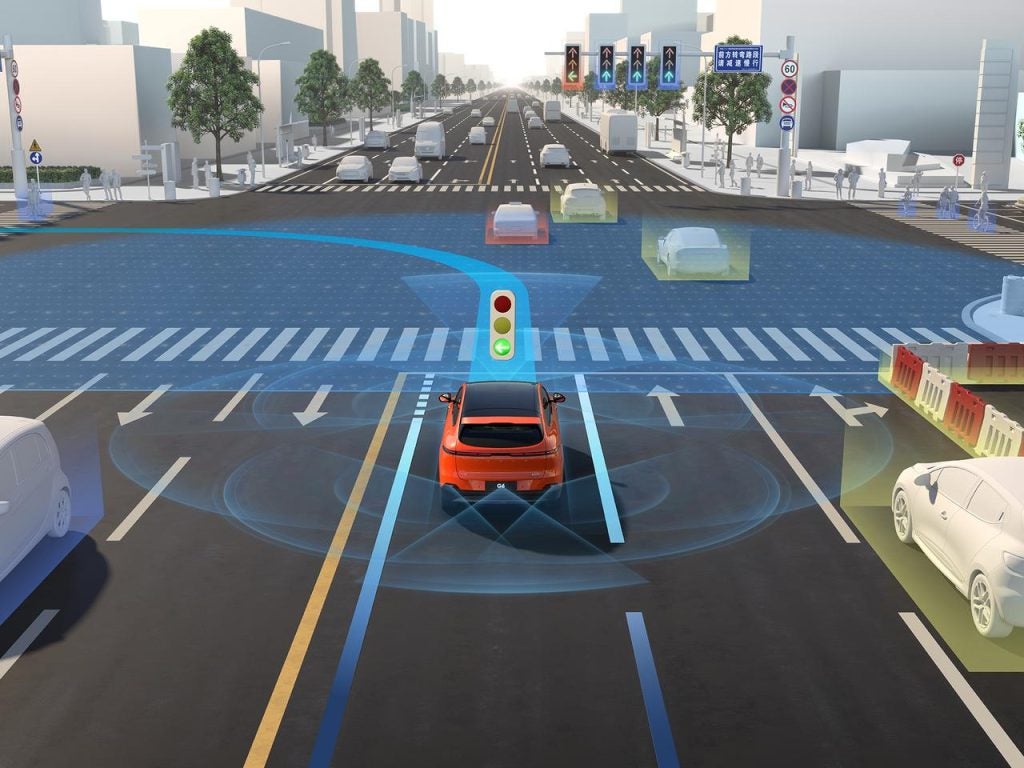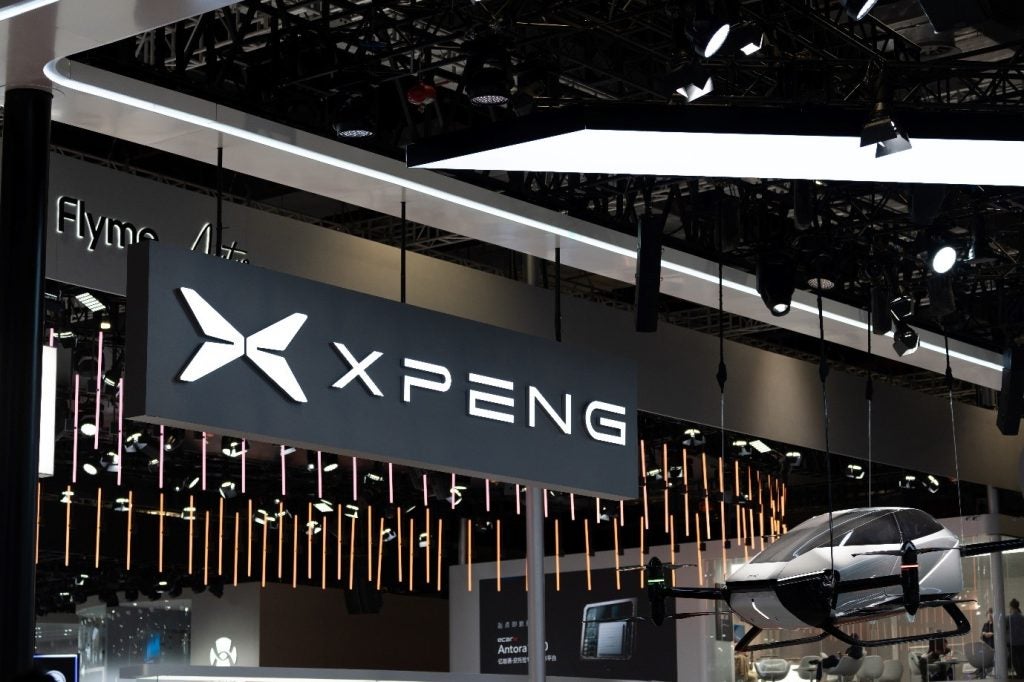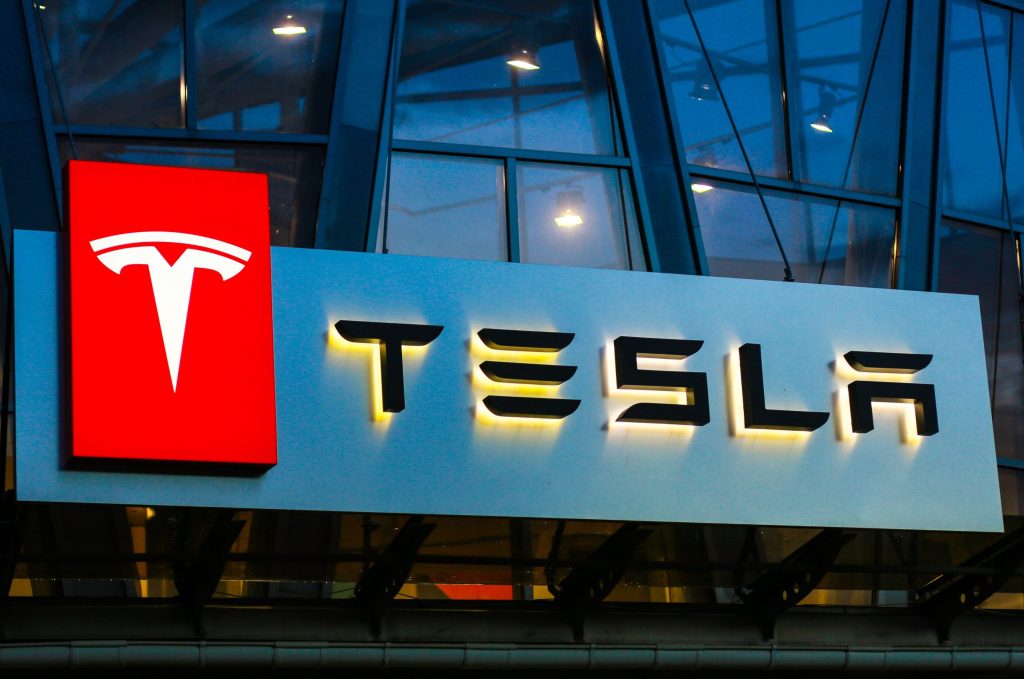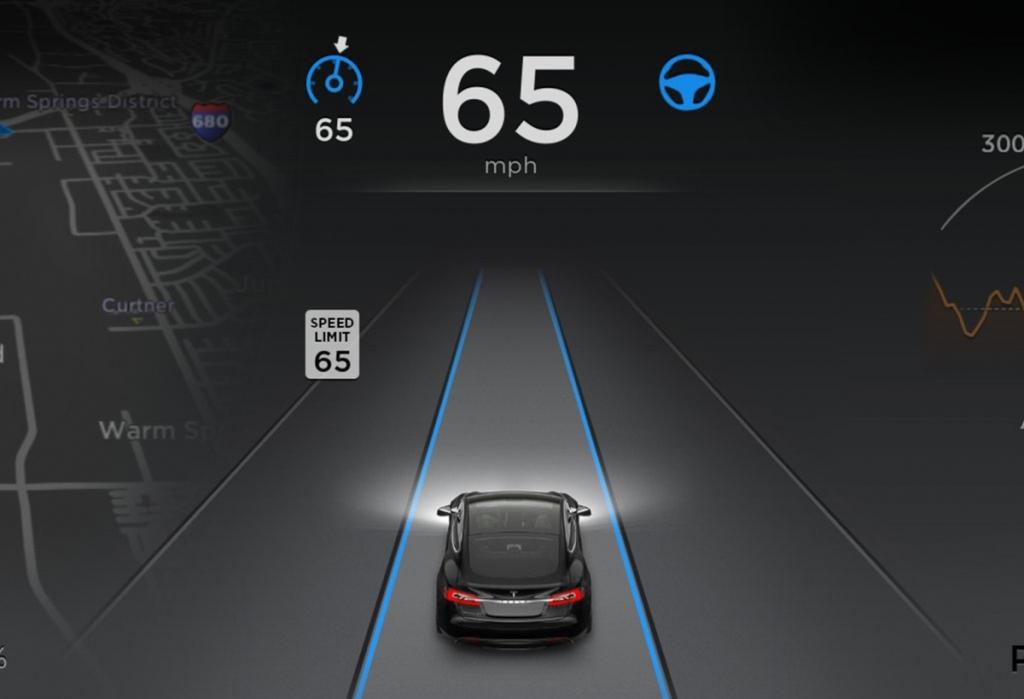
Some in the industry argue that the time has come for automotive OEMs to move past the Tesla model and towards models that prioritize good governance and secure-by-design vehicles. We asked Moshe Shlisel, CEO of GuardKnox, for his views.

Is there a fundamental problem with Tesla’s approach to autonomous drive?
While it is important to recognize that Tesla has corrected some of its past errors and has worked towards improving its relationship with regulators, a combination of technical problems and limited oversight has led Tesla to continually have to recall or backtrack after faulty vehicle issues or destructive crashes.
Ultimately, the “full” or “semi” driving vehicles being produced by Tesla have not been certified or kept to an appropriate industry standard. Releasing a better version of autonomous driving is akin to releasing a better version of brakes: If these mechanisms are not fully tested or certified there is going to be an issue. At the end of the day, Tesla is still operating within a loose framework and regulators have yet to establish a fully functional safety standard for autonomous driving.
Is it – by any objective criteria – proven to be unsafe though? The ‘legacy OEMs’ rack up plenty of recalls don’t they?
Tesla should be lauded as a trailblazer for pushing forward autonomous driving, but as more crashes and recalls occur, the brand is slowly diminishing in stature.
A report from the National Highway Traffic Safety Administration (NHTSA) speaks to growing concerns around self-driving: With Tesla’s using the “autopilot driver assistance system, 273 known crashes occurred from July 2021 – June 2022. Furthermore, Tesla accounted for almost 70% of 329 crashes involving advanced driver assistance systems and since 2016, Tesla has been investigated in a total of 35 crashes which killed 19 people.
From a global perspective, there is no set of unifying standards or regulations for autonomous capabilities. From OEMs in China to the manufacturers operating in Europe, top companies are working towards autonomous features but there is no one guiding set of principles. There must be fully tested, safe, and secure autonomous vehicles coming to market that are adhering to a global standard; otherwise recalls and crashes will remain the norm.
Surely Tesla would argue that ongoing OTA updates and its approach are a way to enhance safety on a vehicle that has left the factory?
OTA updates are essential to solving automotive software issues. The ability to disseminate updates to solve bugs or to update with new features brings new functionalities and capabilities to a vehicle. But issues with some components in a vehicle are not capable of being fixed via OTA updates and require a deeper level of maintenance. If you have an engine or sensor problem, OTAs simply won’t cut it. Furthermore, just because there is a software update, doesn’t mean that the update will solve the problem. Think about a phone update; when a new operating system is released it can often take multiple versions to solve any lingering bug or security issues; in the meantime, you have limited functional usage of the device and your personal information is at serious risk of being breached.
What do the critics say is wrong with that and needs to change?
The approach to producing vehicles has to be multipronged and there is no one right way to fix technical issues, especially when they occur in an ad hoc manner. While OTAs are an essential step forward, the regulatory and legal issues will continue to hamper widespread proliferation. Additionally, regulators must instill more stringent reporting and move away from “self-certification”. Self-certification is a major issue for the auto industry and at the end of the day, how do we know that these vehicles are actually meeting the safety standards or regulatory requirements?
What do you believe is the right approach to get the best outcomes?
Under promise and overdeliver. From a holistic standpoint, both private and public entities need to work together to create and adhere to a regulatory framework that works to keep drivers safe. Furthermore, OEMs and auto manufacturers have to place the driver front and centre and craft vehicles that are safe and secure from the conception through the production phase. Autonomous driving is supposed to remove human error from the equation – but if the underlying technology continues to be limited and couple that with prevailing ethical and legal challenges – we still have a ways to go to realizing a new era of mobility.


